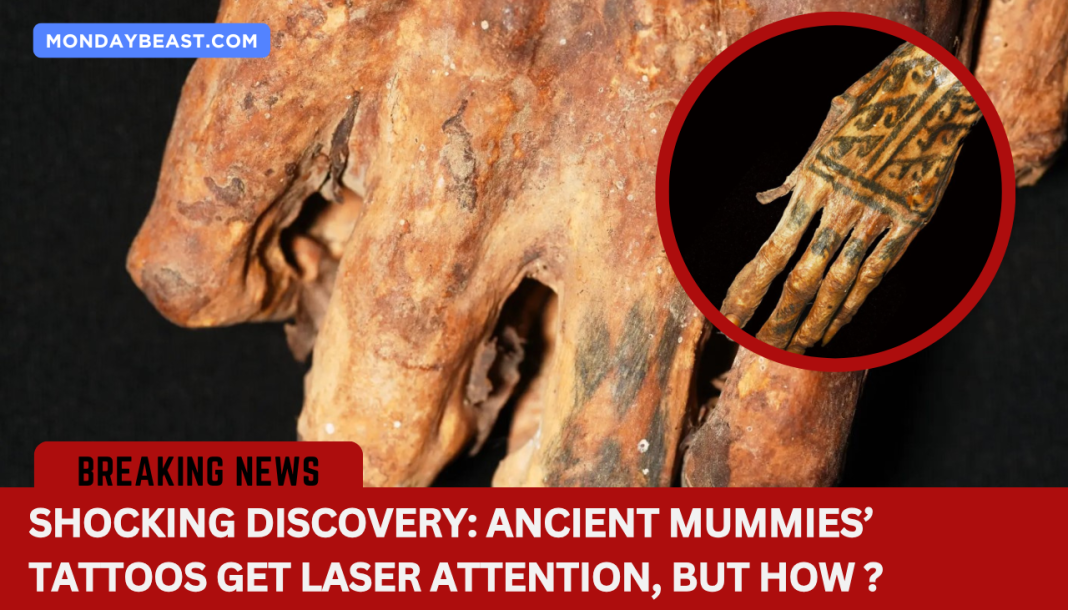Mummies with Ornate Tattoos
What if the tattoos of ancient cultures held stories we’ve long forgotten? The recent revelation about the Chancay mummies from Peru has taken the scientific community by storm. These ornate tattoos may reveal more than just art; they could be seen as markers of identity and culture.
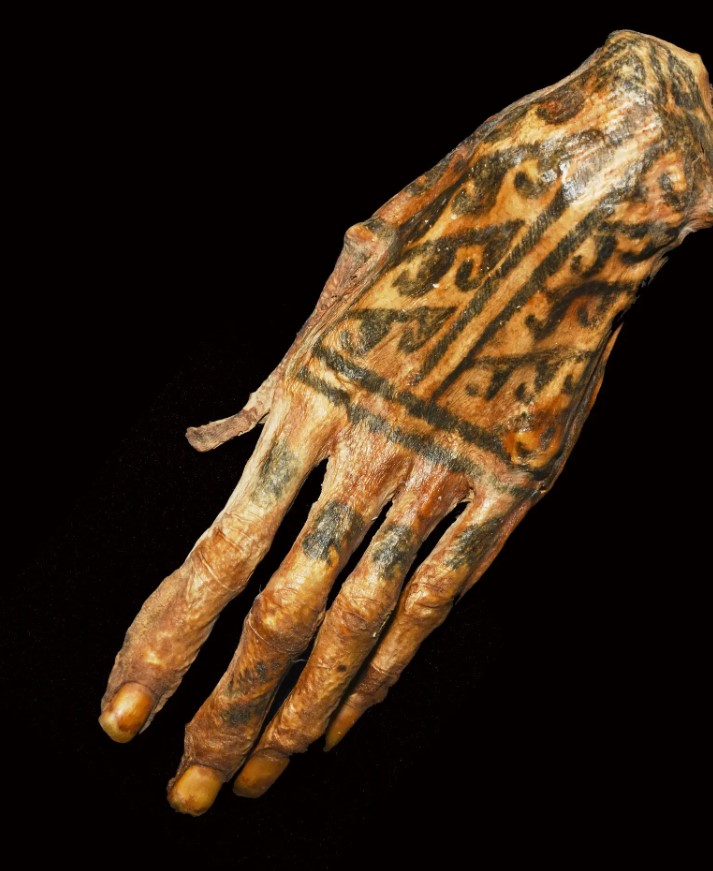
The Chancay culture thrived along the coast of Peru from around A.D. 900 to 1500. Their legacy includes not only beautiful pottery but also intricate tattoos etched onto the skin of mummified individuals. Discovered in a cemetery at Cerro Colorado, these mummies are wrapped in mystery. What makes their tattoos stand out? The astonishing work captured by advanced imaging techniques, particularly laser-stimulated fluorescence (L.S.F.), has brought hidden details to light.
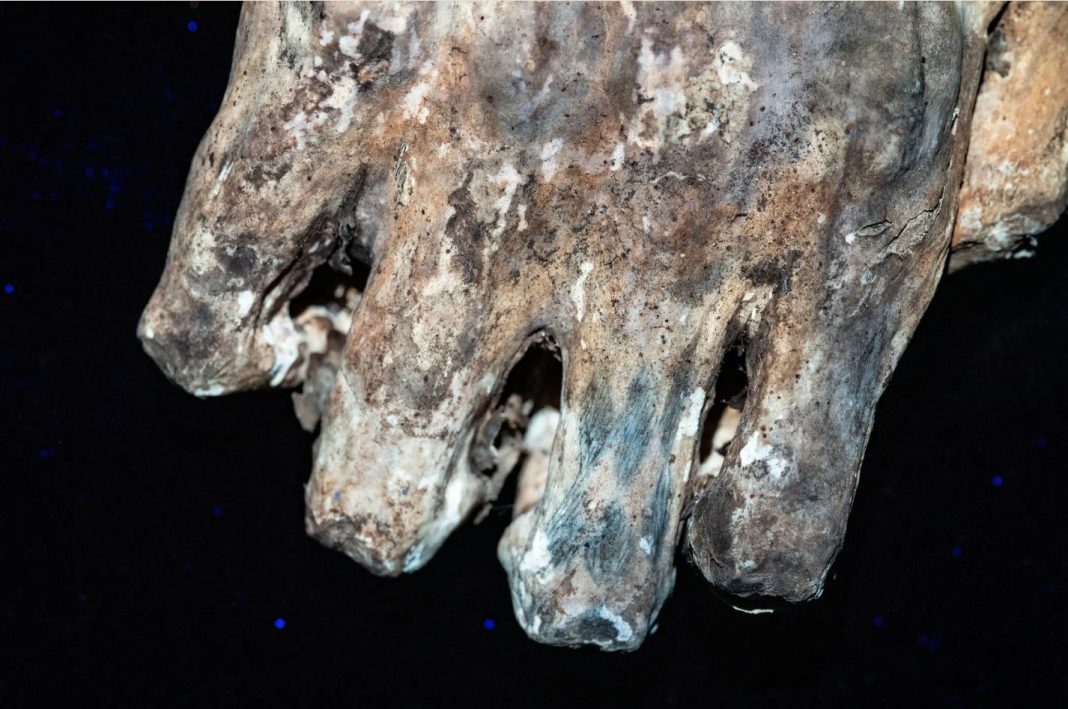
This technology, usually reserved for studying dinosaur fossils, has revealed tattoo lines as thin as 0.1 to 0.2 millimeters. Michael Pittman, an assistant professor and one of the study’s authors, expressed his amazement through an email. “We were shocked by just how fine the tattoo lines were,” he declared. Such precision wasn’t just about artistry; it hinted at the techniques and tools used back then.
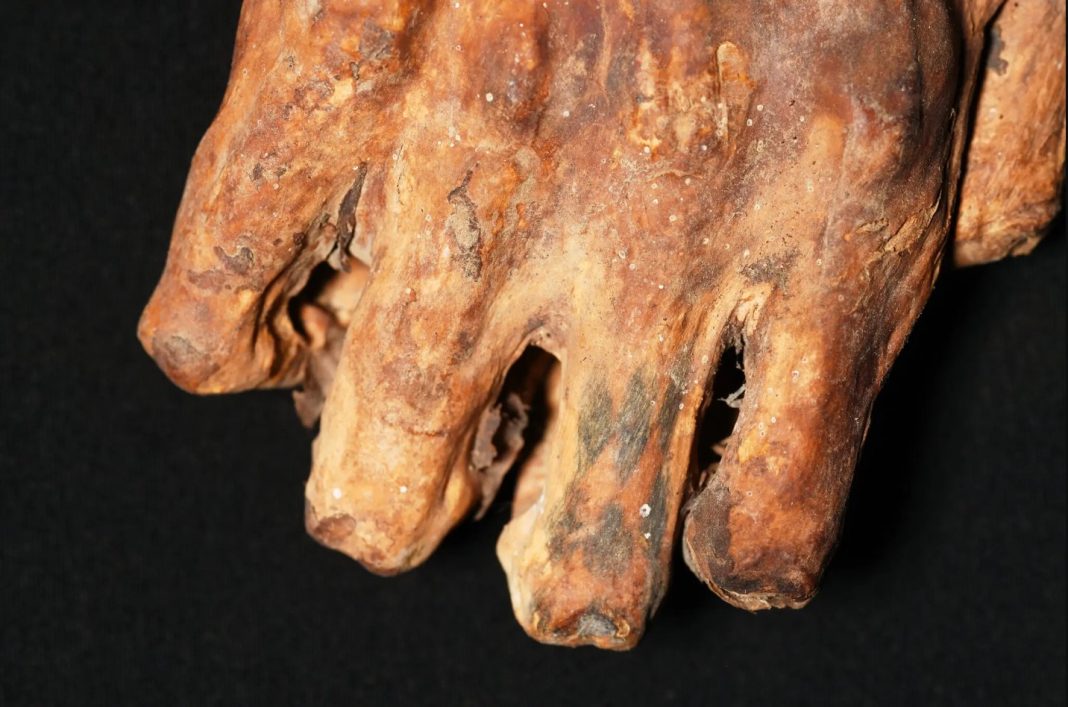
Understanding Tattoo Techniques
Can understanding how ancient cultures tattooed themselves shift our perceptions of their identities? The academic debate is heating up. Dr. Pittman asserts these tattoos were created by puncturing the skin. This aligns with the remarkable thinness of the designs. But Aaron Deter-Wolf, a specialist in ancient tattoos, offers a different perspective. He suggests many tattoos might have been made through incisions instead. This disagreement highlights the complexities in our interpretations of ancient art.

The debate evokes a curious thought—how did people express themselves through body art centuries ago? Tattooing techniques vary widely across cultures, intertwined with beliefs, rituals, and significance. Dr. Pittman’s assertion emphasizes needle-based tattooing, but not everyone agrees. After all, artists craft their work with a variety of tools. Deter-Wolf likens it to a painter choosing different brushes for varying effects. Could it be that our interpretations are shaped by our cultural understandings today?
Cultural Significance of Tattoos

How do tattoos move beyond decoration to carry deeper meaning? In ancient societies, body art wasn’t merely an aesthetic choice. It often held intricate layers of cultural significance. Like Ötzi, the famed Iceman with the world’s oldest known tattoos, the Chancay’s ink may have roots in deeper traditions or spiritual beliefs.
As we delve deeper into this topic, the realization dawns: these markings are not simply artistic whims. Instead, they are wrapped in the essence of who these people were. Every swirl and line could symbolize status, health, or rites of passage. This necessitates considering how we interpret these designs today, as they connected individuals to their community. The tattoos of the Chancay remind us of the continuity of human expression. Art has always been a bridge across time, connecting the past with the present.
BUT WHY AND HOW THEY HAVE THAT THE ADVANCED LASER TECHNOLOGY THOUSANDS OF YEARS AGO? JUST FOR A TATTO?
What does the future hold for ancient tattoo studies? As techniques like L.S.F. evolve, the potential for further discoveries seems immense. Dr. Pittman is optimistic, claiming that this imaging method could illuminate tattoos from various cultures. Each new finding begs the question: what other secrets lie dormant, waiting to be uncovered?
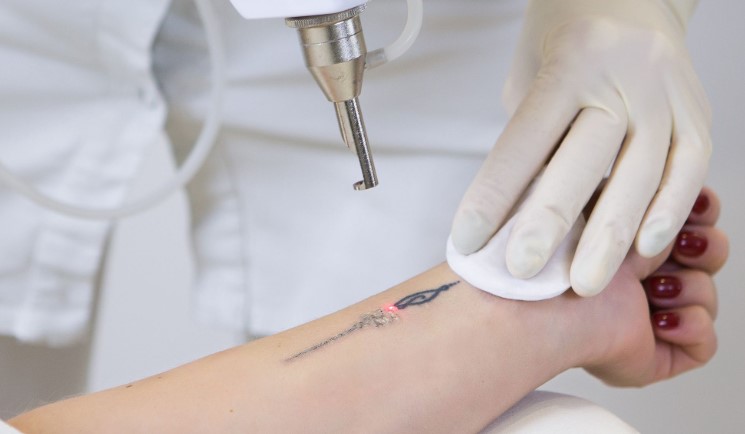
The tattoo as an artifact invites us to not just respect its historical context but also wonder about its implications for personal and communal identities. It raises questions about the role of body art in shaping societal norms and how it continues to evolve today.
In conclusion, the newly explored tattoos of the Chancay mummies offer a glimpse into a world long past, yet not entirely lost. We stand on the cusp of understanding these intricate artworks better, with the promise of more stories to tell. As we engage with their legacies, we connect with them on a human level, fostering a deeper appreciation for the roots of self-expression through art.

